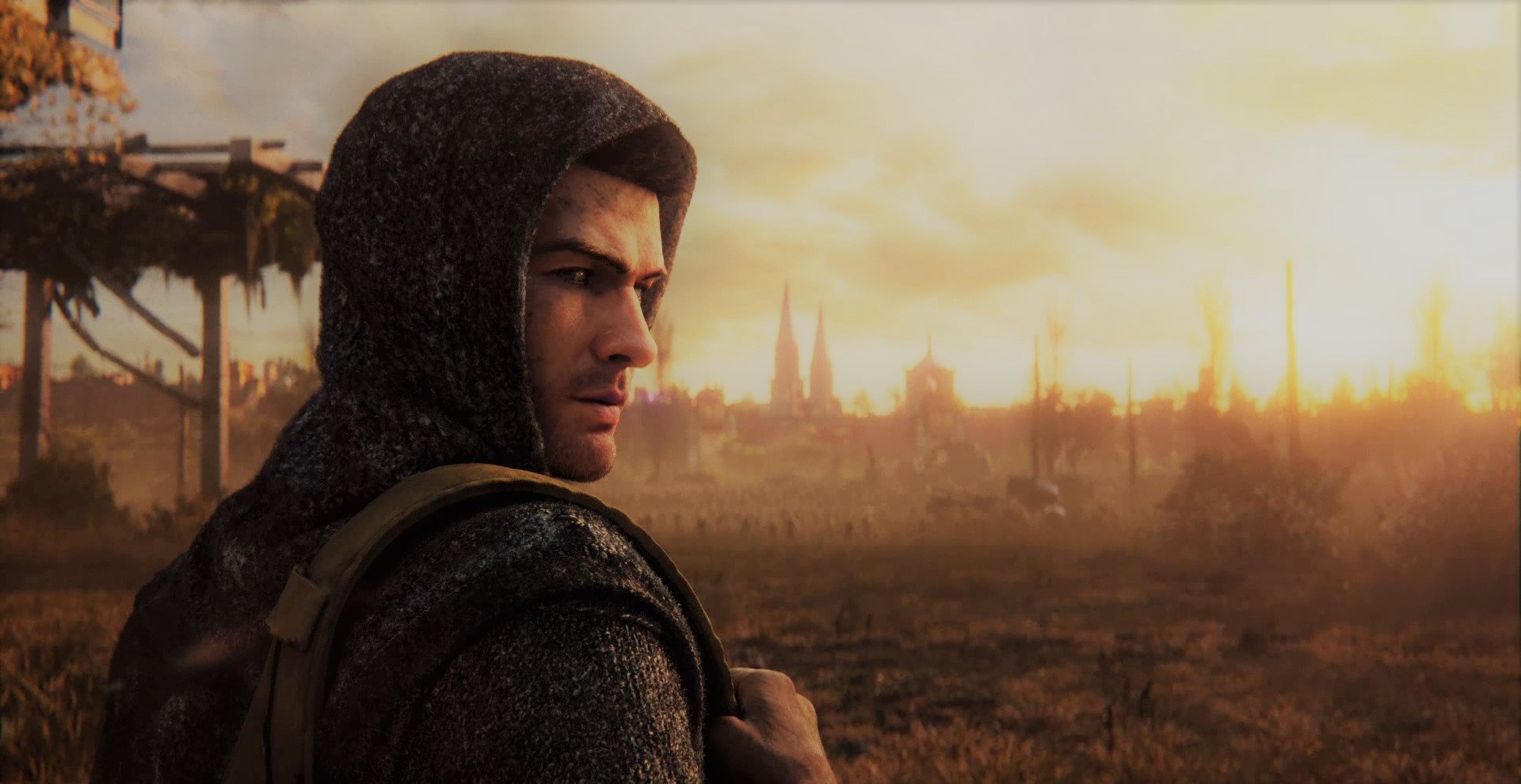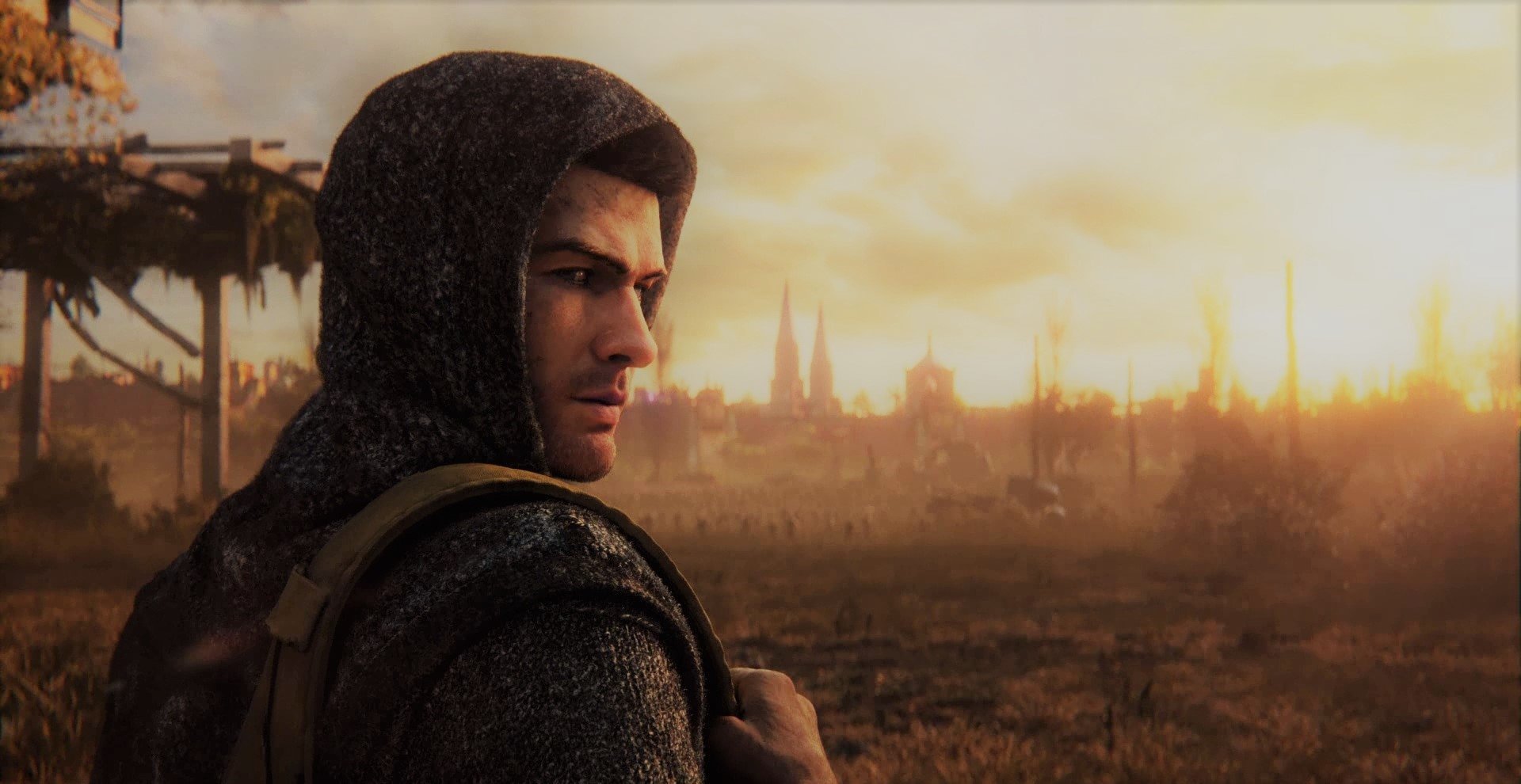
Dying Light 2 isn’t necessarily a bad game but it’s definitely worse compared to the first one.
- Dying Light 2 was released with a significant amount of content cut, as revealed in a detailed 231-page document.
- This document showcased various removed elements, including factions, quests, dialogues, and weapons.
- Dying Light 2’s journey highlights the complexities of game development, balancing creativity, challenges, and corporate decisions.
Because Dying Light 2 was in development hell for so long, most people believed it would never be released. Several others questioned whether the wait was worthwhile when it eventually released last year, providing more of the same as the original title.
We now have evidence that Techland’s extensive reworking of Dying Light 2 resulted in a vast amount of omitted material—more than 200 pages, to be exact.
It’s no secret in the entertainment business that a lot of material is abandoned on the dreaded “cutting room floor,” often never to be seen again. However, the amount of substance removed from this eagerly awaited follow-up was astounding.
dyinglight2/comments/16dlcp4/the_unofficial_dying_light_2_cut_content_document/”>The Unofficial Dying Light 2 Cut Content Document
byu/sneedlingg indyinglight2
A devoted Dying Light 2 community member going by the moniker Sneed or Sneedlingg recently took it upon themselves to compile every scrap of deleted content from the game. The result of their efforts was a massive 231-page dossier that included everything from weaponry to regions, dialogues, missions, even deleted factions. This is a masterwork of curation, not simply another document. Because of the clear language, accurate fonts, and rich graphics, it’s a great resource for learning what might have been for Dying Light 2.
This initiative provides a never-before-seen insight into the discrepancies between the game’s developer, Techland, and what was really delivered. The absence of entire factions, complicated storylines, and large areas made the game feel like a regression from its 2015 predecessor. But it’s important to understand the context in which these choices were made.
There were many difficulties encountered throughout Dying Light 2’s creation. The matter was made worse when Chris Avellone, the game’s original Narrative Designer, was fired over unfounded accusations of sexual assault. Whatever the moral ramifications of this modification, it undoubtedly affected how the game developed.
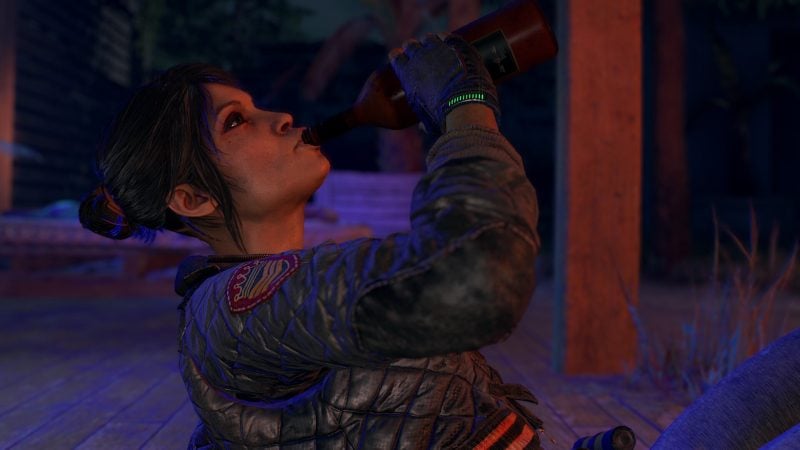
Even though Avellone’s exit only made the game’s problems worse overall, his contribution wouldn’t have been enough to save Dying Light 2. That being said, Dying Light 2 wasn’t a total bust. Conversely, it received praise for its exciting fighting, parkour, dynamic traversal features, and stunning graphics. Fans and critics alike did, however, find the story to be uninteresting.
In reaction to the criticism, Techland doubled down on its original pledge to support Dying Light 2’s post-launch lifetime. They have been releasing updates, improvements, and new content on a regular basis. The game’s color scheme, which many fans thought was less spooky than the original and diluted the horror components that made the original so much more memorable, was the subject of one of the aforementioned improvements. The “Good Night, Good Luck” update introduced color grading similar to the original and a more challenging nighttime experience in an attempt to rectify this.
On February 4, Dying Light 2 was released on the PlayStation4, Xbox One, PC, Xbox Series S, and Xbox Series X. The game had the potential to be far greater than it was, despite the overshadowing narrative still managing to fascinate a large number of players.
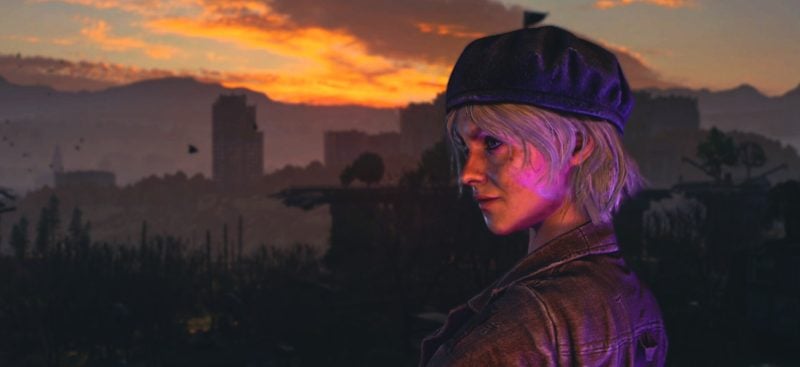
From a wider angle, it’s critical to realize that substantial content cuts are frequently made to projects. For instance, many movies go through multiple edits, with significant amounts of content deleted for various reasons. In a similar vein, putting aside sections of content is an aspect of game development. While some may view this as a necessary step in the creative process, fans see it as a waste of opportunities and experiences.
The most of the time, the cut content is left to decay; we’d be lucky if it returned to the game in the future as a new DLCor entry.
In the end, the story of Dying Light 2 is a reflection of the complex dance of game production, where ambition, inventiveness, practical difficulties, and business choices all converge. Sneed’s document serves as a reminder of what may have been for admirers.
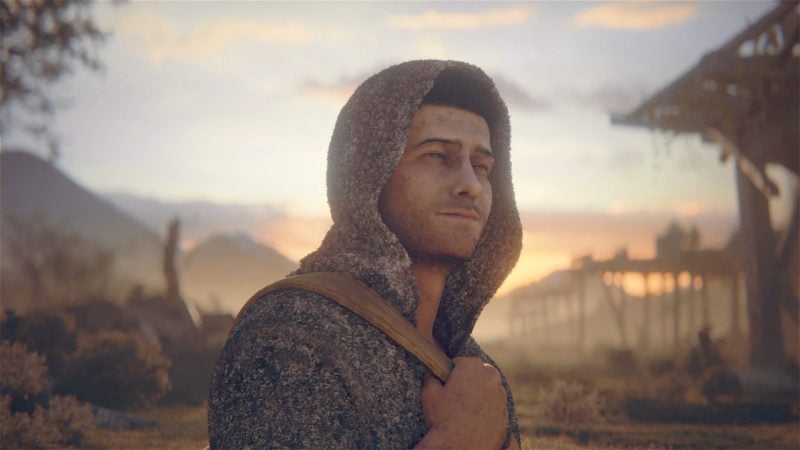
With any luck, after years of updates, Dying Light 2 turns out to be the game that was promised.
